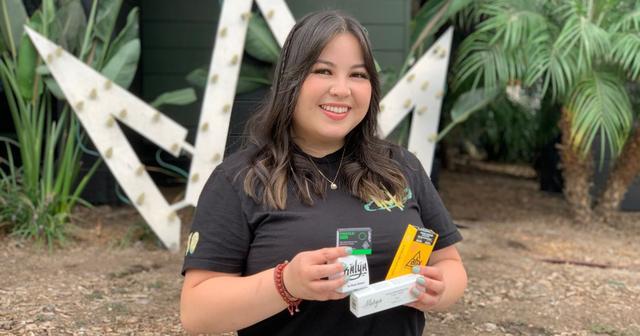From Prohibition to Progress: The Journey of U.S. Cannabis Legalization
Explore the fascinating journey of cannabis legalization in the U.S., from early prohibitions to modern reforms, and discover how it shapes today's thriving industry.
The Roots of Cannabis Prohibition
The history of cannabis legalization in the United States is a tale of shifting perceptions, evolving policies, and grassroots activism. To understand how we arrived at today's thriving cannabis industry, we must first look back at the plant's troubled past.
Early Restrictions and the Marihuana Tax Act
Cannabis has been used for millennia for its medicinal, industrial, and recreational properties. However, in the early 20th century, a combination of factors led to its prohibition in the United States:
- Anti-immigrant sentiment
- Competition with the timber industry
- Sensationalized media coverage
These factors culminated in the passage of the Marihuana Tax Act of 1937, effectively criminalizing cannabis at the federal level.
The War on Drugs and Heightened Penalties
The 1970s saw a further tightening of cannabis laws with the declaration of the "War on Drugs" by President Nixon. The Controlled Substances Act of 1970 classified cannabis as a Schedule I drug, alongside substances like heroin, deeming it to have no accepted medical use and a high potential for abuse.
The Turning Tide: Medical Marijuana and State-Level Reforms
California Leads the Way
The first significant crack in the wall of prohibition came in 1996 when California voters approved Proposition 215, legalizing medical marijuana. This landmark decision paved the way for other states to follow suit.
A Growing Movement
Throughout the early 2000s, more states began to recognize the potential benefits of medical cannabis.
The Rise of Recreational Legalization
Colorado and Washington Break New Ground
In 2012, Colorado and Washington became the first states to legalize cannabis for recreational use. This historic move opened the floodgates for a new era in cannabis policy and industry growth.
California's Proposition 64
California, long a trailblazer in cannabis policy, legalized recreational use in 2016 with the passage of Proposition 64. This decision allowed established medical cannabis brands to expand into the recreational market, bringing their expertise and quality standards to a broader audience.
The Modern Cannabis Landscape
A Booming Industry
Today, the legal cannabis industry in the United States is thriving, with companies like 710 Labs, Alien Labs, and Connected Cannabis Co. pushing the boundaries of product innovation and quality.
Ongoing Challenges and Future Prospects
Despite significant progress, cannabis remains illegal at the federal level, creating challenges for businesses and consumers alike. However, with growing public support and increasing recognition of the plant's potential benefits, many experts believe federal legalization is on the horizon.
Conclusion
The history of cannabis legalization in the U.S. is a testament to the power of grassroots activism, scientific research, and shifting cultural attitudes. As we look to the future, it's clear that the cannabis industry will continue to evolve, with legacy brands and new innovators alike shaping the next chapter of this remarkable plant's story.
DISCLAIMER: THIS SITE DOES NOT PROVIDE MEDICAL ADVICE.
All information, including but not limited to, text, graphics, images and other materials contained on this site are for informational purposes only. No text, graphics, images or other materials on this site are intended to be professional medical advice or a substitute for professional medical advice, diagnosis or treatment. Always seek the advice of your physician or other qualified health care provider with any questions you may have regarding a medical condition or treatment and before undertaking a new health care regimen, and never disregard professional medical advice or delay in seeking professional medical advice because of something you have viewed on this site.


